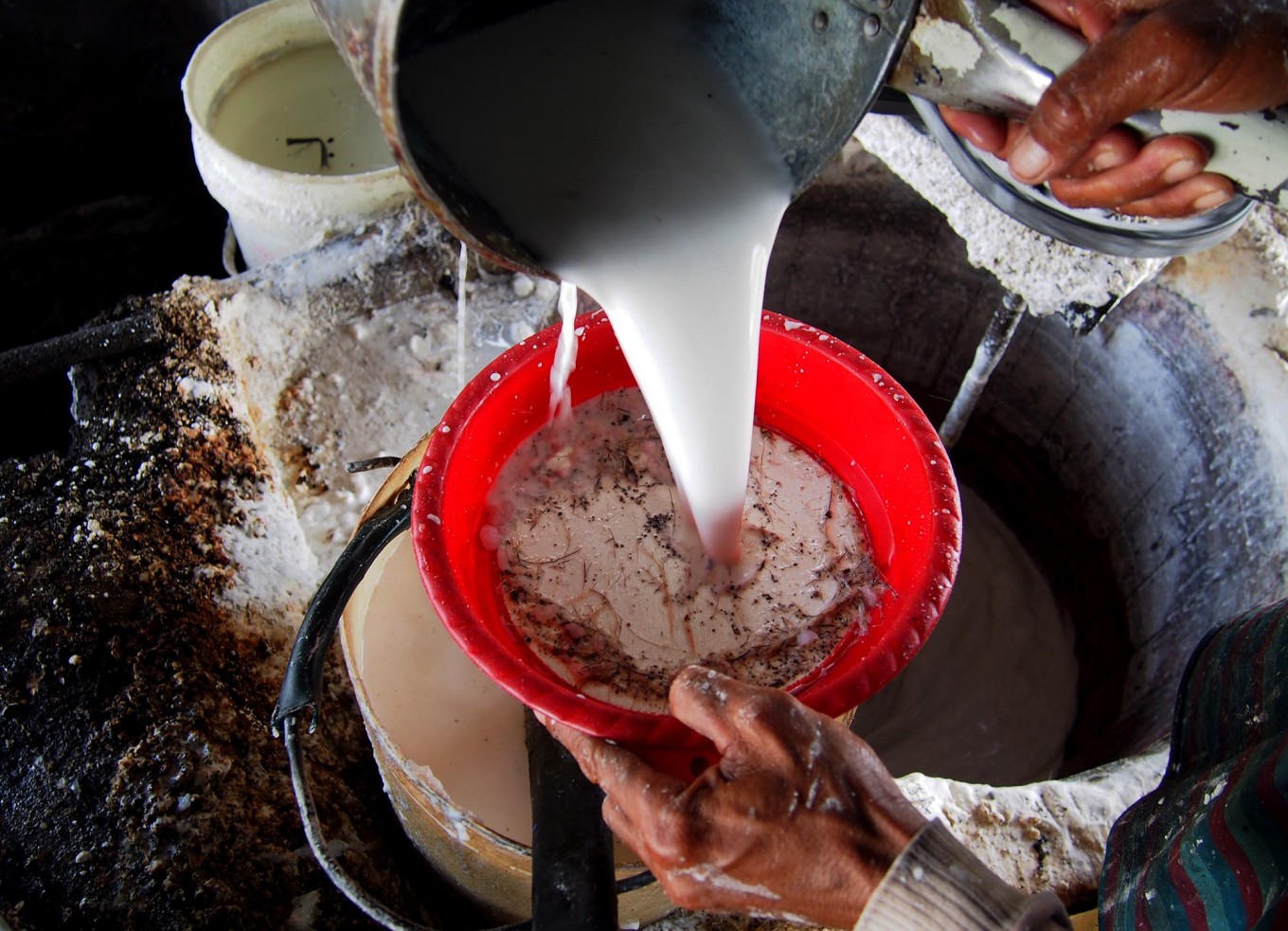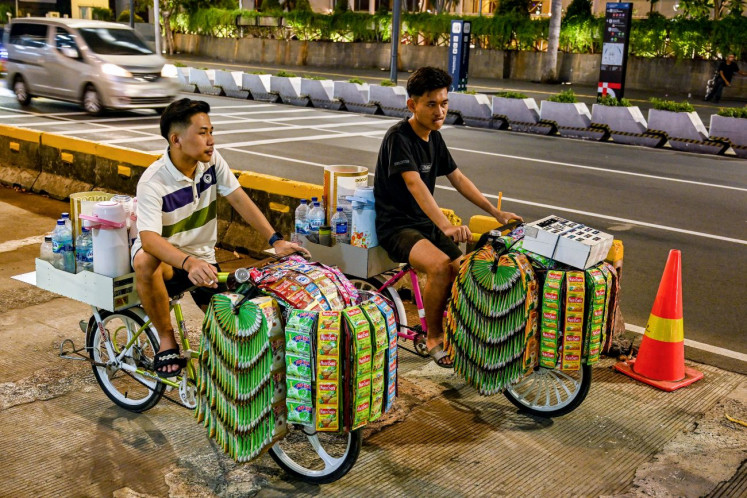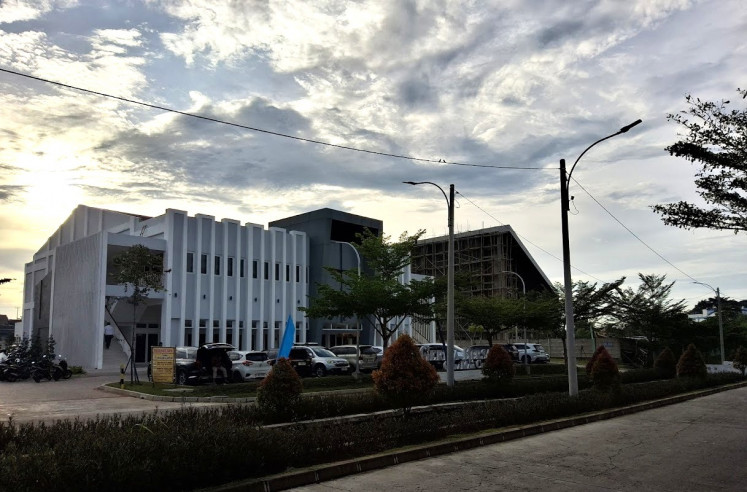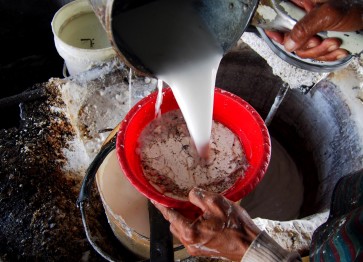Popular Reads
Top Results
Can't find what you're looking for?
View all search resultsPopular Reads
Top Results
Can't find what you're looking for?
View all search resultsSago key for diversifying diets in Indonesia
The sago palm is native to Indonesia, growing in riverine margins or seasonally flooded wetlands. It has long had a high cultural value as an important source of carbohydrate for native populations.
Change text size
Gift Premium Articles
to Anyone
Dark and swampy. That was my impression of the first sago palm grove that I ever saw during a visit to Southeast Sulawesi.
The sago palm is native to Indonesia, growing in riverine margins or seasonally flooded wetlands. It has long had a high cultural value as an important source of carbohydrate for native populations. For hundreds of years, starch extracted from sago palm trunks was the second most important staple food after rice. Alfred Russel Wallace, the globally distinguished naturalist and anthropologist, noted in his Malay Journal in 1869 that sago cakes were the staple food for the Moluccan islanders.
Sago starch is mainly produced and eaten by communities in the eastern provinces of Indonesia Papua and/or West Papua, Maluku and Sulawesi and is also used in some provinces in Kalimantan and Sumatra. A single sago trunk, harvested when it is 6 to 7 meter long, normally gives more than 400 kilograms of wet sago flour that is sufficient for three adults for a year. But, some varieties of sago are capable of producing 600 to 800 kg wet starch per trunk.
The Agriculture Ministry estimates that Indonesia has about 200,000 hectares in which sago grows or is exploited, which also represents the biggest area of the crop in the world. But, 94 percent of production is collected and processed at household level for use within their own community, leaving only a small proportion being produced on a commercial basis with mechanized and fully hygienic processes. Cultivating sago palm does not demand high levels of inputs, but attention must be paid water level management, so it is a very sustainable and environment-friendly crop.
Sago starch could serve as an alternate source of carbohydrate and help to address food insecurity. Currently, sago is not the preferred carbohydrate source even in the eastern part of Indonesia, where it has been more abundant than rice as a staple food. It is only in limited use in traditional dishes such as sinonggi or papeda (sago porridge) and bagea (sago traditional cookies).
At the same time, there is also a significant shift from consumption of rice to wheat-based products such as noodles and baked products. This trend has resulted in increasing imports of wheat, with over 11 million tons recorded in 2017. In principle, sago could play a role as a potential substitute for wheat flour.
Sago has a unique properties and can be used as a versatile material by the food industry. Based on the current pattern of consumption, there is little chance of demand increasing greatly, and it would be important to adopt innovative downstream processing of sago starch, linking value-added products to markets.


















